From zero to hero: what Azerbaijan has done for reviving war-torn liberated lands? Review of Caliber.Az
The Cabinet of Ministers of Azerbaijan has approved the project for the construction of an astronomical station in Kalbajar District, one of the territories liberated from Armenian occupation in 2020.
The relevant work is expected to start following the completion of the creation of necessary infrastructure in the liberated lands.
“First, a study will be carried out to clarify the location of the astronomical station, since a special climatic zone must be chosen for this,” said Director of the Shamakhi Astrophysical Observatory of the National Academy of Sciences of Azerbaijan (ANAS), Professor Nariman Ismayilov.
The construction of the first of a kind stellar station comes as part of the massive reconstruction and restoration campaign of Azerbaijan in the liberated lands. In less than two years since Azerbaijani forces ousted the Armenian occupants, dozens of projects have been rolled out for rehabilitating and reintegrating the war-torn lands.
What projects have been implemented, are underway and will be carried out in the liberated Azerbaijani lands? By the way, twenty per cent of Azerbaijan’s sovereign territory remained under Armenia’s occupation from 1991 to 2020, when the Azerbaijani army liberated them in a 44-day counterattack operation, codenamed “Iron Fist”. Almost the entire infrastructure of the once occupied territories could not survive Armenian destruction and vandalism. According to the preliminary estimates, the amount of material damage caused by Armenians to Azerbaijan’s infrastructure, resources, and citizens in the liberated lands totals $818 billion
Energy
The country’s largest electricity producer “Azerenerji” is currently working to plug the Lachin district into the power grid of Azerbaijan on a 42 kilometre-long 110 kV line. In addition, a 110/35/10 kV digital substation is being built in the district. The new substation will provide electricity to the airport, military units, and the entire infrastructure to be built in the region.
In the post-war period, “Azerenerji” put into operation power substations and grids, as well as small hydropower stations across the Karabakh and East Zengezur regions, including in the cities and districts of Shusha, Jabrayil, Kalbajar, Fuzuli, Aghdam, Gubadli, Zangilan, and Tartar. The power grid in the liberated lands is operated from the all-new Karabakh Regional Digital Management Centre. In 2021, a 110-kilovolt high-voltage power transmission line, measuring 365 kilometres in total length, was laid in the liberated areas.
In addition to the digital substation in Lachin, “Azerenerji” is also currently building an electricity hub in Jabrayil District.
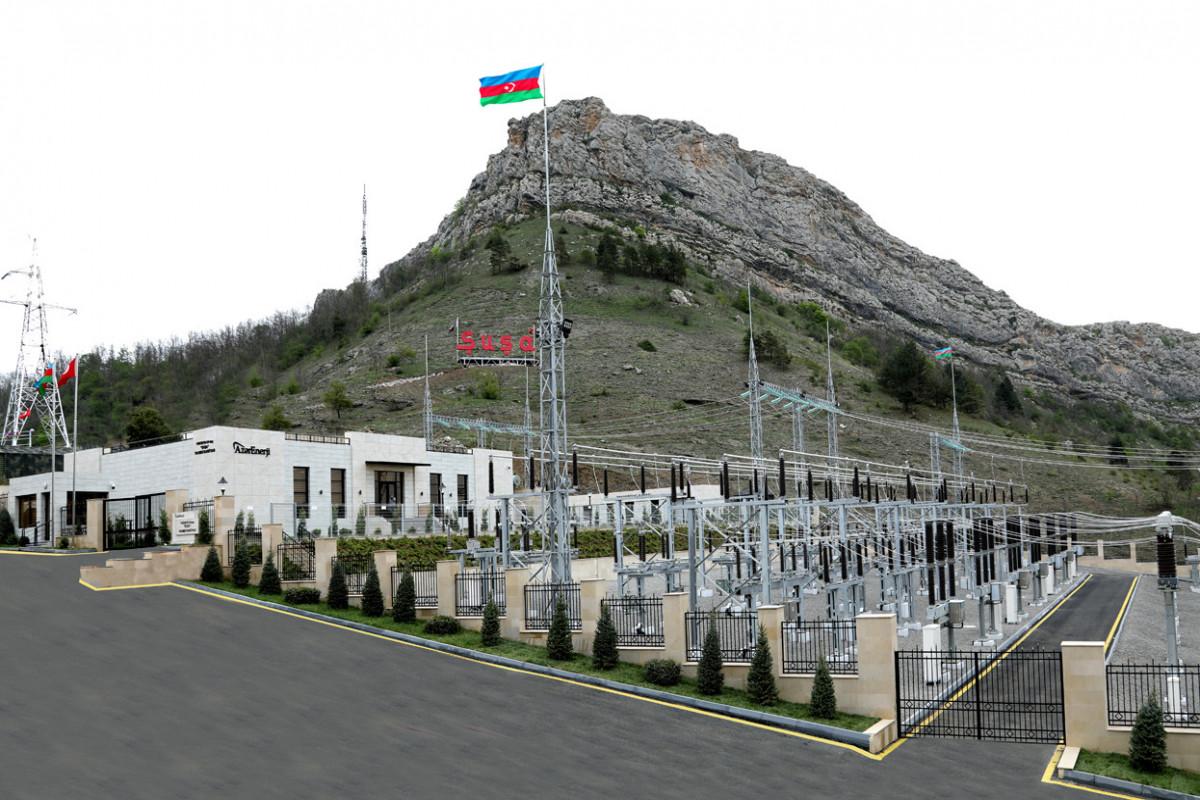
“Green energy”
The Azerbaijani government intends to transform the country’s Karabakh (Garabagh) region into a green energy zone as part of the ongoing reconstruction and development projects in the liberated territories.
Deputy Energy Minister Elnur Soltanov has recently said that renewable energy sources would be the primary source of energy in the Karabakh region. Since 25 per cent of Azerbaijan’s drinking water sources are concentrated in Karabakh, the region is expected to be fully self-sufficient in renewable energy. Four small hydroelectric power plants have been put into operation in the liberated lands so far, and five more with the capacity of 25-30 MW will go online soon. The goal of the Azerbaijani government is to transform the region fully into a green energy zone by 2050.
The alternative energy potential of the liberated territories of Azerbaijan includes almost all types of renewable energy sources, including hydro, solar, wind, and geothermal. The Fuzuli, Jabrayil, and Zangilan regions are rich in solar power resources. The solar radiation per square meter in these regions is reportedly 1600-1700 kW/hour per year, while the total solar energy potential is estimated at 7,200 megawatts. The wind energy potential in the liberated territories is seen concentrated in the Kalbajar and Lachin districts, which is estimated at 2,000 megawatts. There are also 4,000-5,000 cubic meters of thermal water per day in the territory of the Kalbajar, Lachin, and Shusha districts.
Highways and railways
The State Agency of Automobile Roads of Azerbaijan (AAYDA) has rolled out 13 projects for laying a total of 725 kilometres of new roads and highways, as well as restoring the existing routes in the liberated lands.
In November 2021, the agency put into operation the “Victory Road” stretching from Fuzuli District to the city of Shusha on a 101-kilometre route. President Ilham Aliyev launched the renovated 28.5-kilometre highway leading to the strategic Sugovushan settlement and Talish village in the district of Tartar in the same year.
AAYYDA is currently building and restoring the Barda-Aghdam, Fuzuli-Hadrut, Ahmadbayli-Fuzuli-Shusha, Fuzuli-Aghdam, Gubadli-Eyvazli, Toghanali-Kalbajar-Istisu, Horadiz-Jabrayil-Zangilan-Aghband highways, most of which are expected to come online this year. The Horadiz-Jabrayil-Zangilan-Aghband highway forms an integral part of the multimodal Zangazur corridor, which will connect Azerbaijan’s mainland with its southwestern Nakhchivan exclave through Armenia's territory. The corridor is also expected to contribute to the transcontinental East-West and North-South transport routes that incorporate the regional economies with a nominal GDP of $1.1 trillion.
In the meantime, Azerbaijan Railways Company is engaged in the reconstruction of the 47-kilometre Barda-Aghdam and 110-kilometre Horadiz-Aghband railways, as well as has been building the all-new 83-kilometre Fuzuli-Shusha and 89-kilometre Dalimammad-Kalbajar railroad in the liberated lands. The Horadiz-Aghband railway forms part of the Zangazur Corridor.
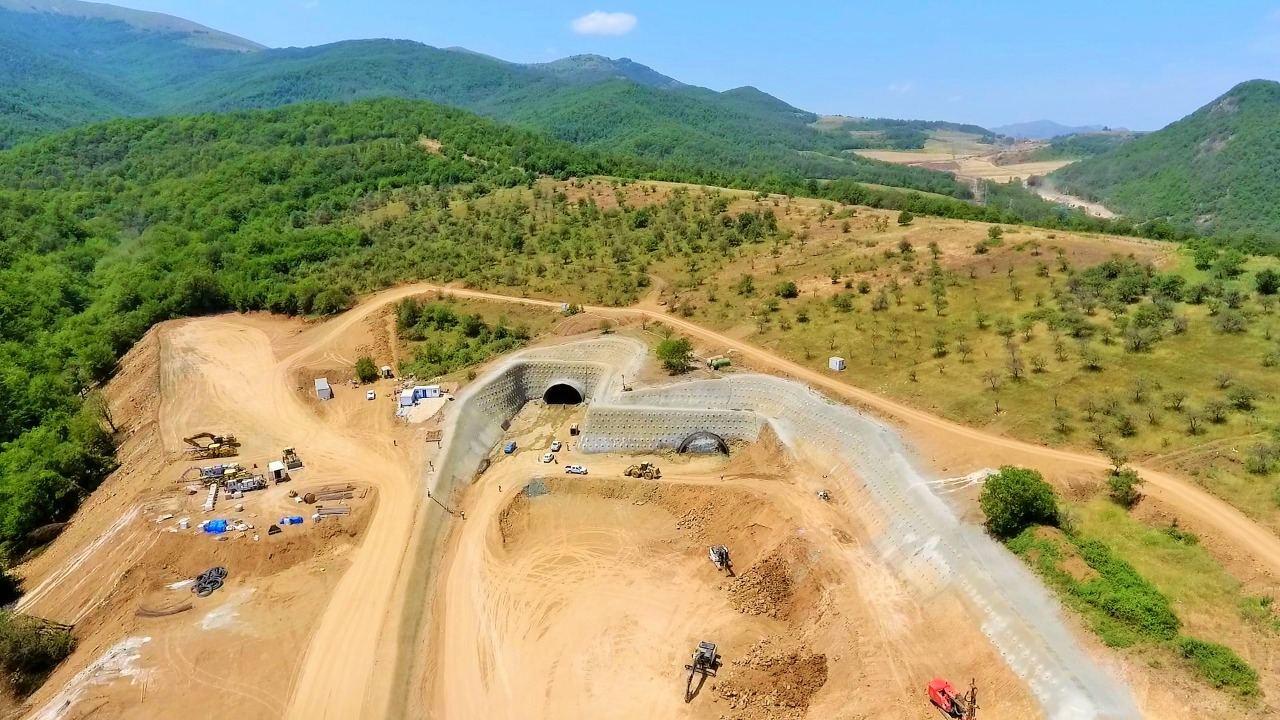
Civil aviation
Three airports will be operating in the liberated Azerbaijani lands by 2024. The Fuzuli International Airport dubbed the “air gate to Karabakh”, was the first to come online in October 2021. The top-notch air harbour was built by the Azerbaijani and Turkish companies in eight months. The airport, which was recognized by the International Air Transport Association (IATA) and the International Civil Aviation Organization (ICAO), has already received numerous domestic and international flights, including the aircraft carrying Turkish President Recep Tayyip Erdogan for attending the airfield's inauguration in 2021.
This autumn, the second top-notch airport in the liberated Azerbaijani lands, namely in the Zangilan district, is expected to come online. The Zangilan International Airport will be the first air harbour in the East Zangazur region of the country. The ground was broken for the airfield’s construction in April 2021. Since then, almost 80 per cent of the infrastructure project has been completed. The facility is expected to become operational sometime in 2023. The civil aviation infrastructure in the liberated lands will expand its reach even more with the third airport that will come online in the Lachin district in 2024.
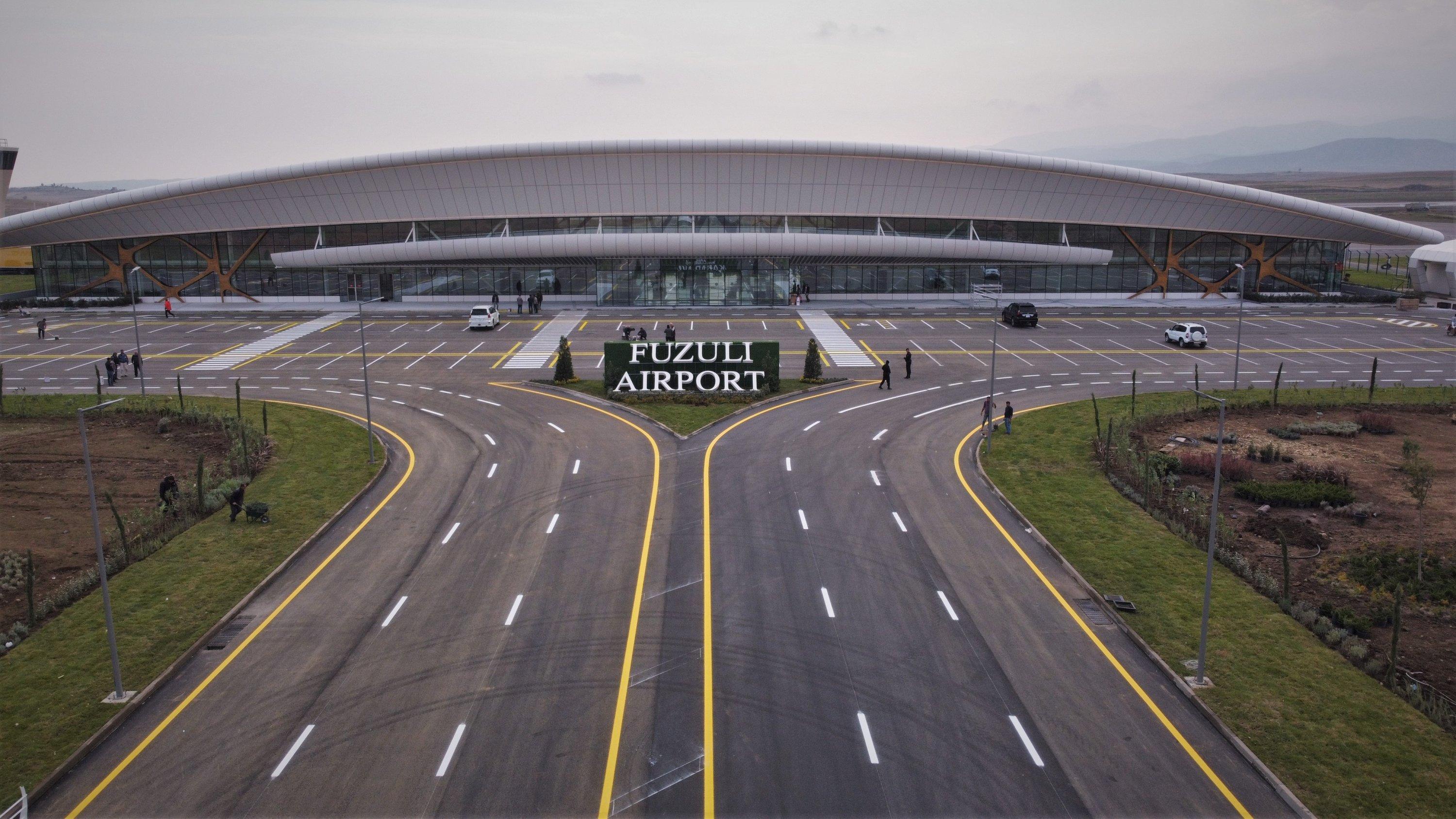
Going “smart”
Azerbaijani authorities opted for the most modern expertise and concepts in rebuilding the war-torn areas. A “smart village” based on three main components of the concept of smart rural development, including smart public administration, smart infrastructure and services, as well as a smart economy and business environment, is being built in the Aghali village of Zangilan District.
The village is home to 150 two-story and three-story eco-friendly residential buildings, as well as a kindergarten, a school, a medical centre, a hydroelectric power plant, and more. Five key components of development are being applied in Aghali: housing, production, social services, smart agriculture, and alternative energy. The “smart agriculture” concept in the Aghali village is expected to foster innovation within Azerbaijan’s agriculture sector. The village will have 600 hectares of the sown area with top-notch irrigation and cultivation techniques deployed. A public farm in Aghali will allow the residents to breed 850 heads of cattle. The Italian and Israeli companies are expected to launch a combined factory complex for producing world-renowned “mozzarella” cheese in the village.
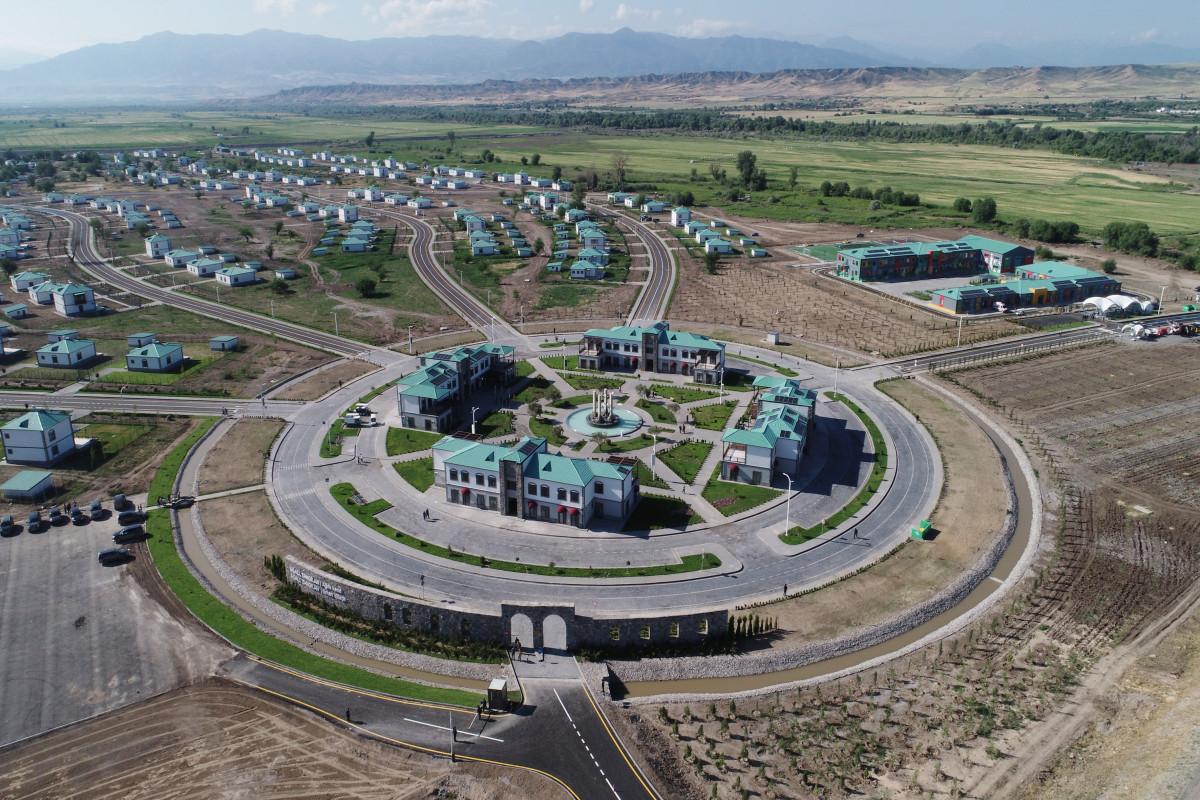
Water management
The government of Azerbaijan has been sparing no effort to revive the war-hit water management and irrigation systems in the liberated territories. In April 2022, President Ilham Aliyev viewed the restoration work at the “Kondalanchay-1”, “Kondalanchay-2”, and “Ashaghi Kondalancay” water reservoirs in the district of Fuzuli. A total of nine reservoirs are currently being restored and built in the liberated areas, where the total water resources are estimated at nearly 2 billion cubic meters.
Simultaneously, the irrigation networks in these lands, measuring 6,426 kilometres in length, as well as 2 hydro junctions were 2, 330-kilometre collector-drainage networks, 8,003 hydraulic structures, 88 pumping stations and 1,429 subartesian wells are expected to be back on track as part of the restoration campaign.
The restored water management infrastructure will allow resuming irrigation in 125,800 hectares of irrigated land that remained under Armenia’s occupation without necessary water supplies for nearly three decades.
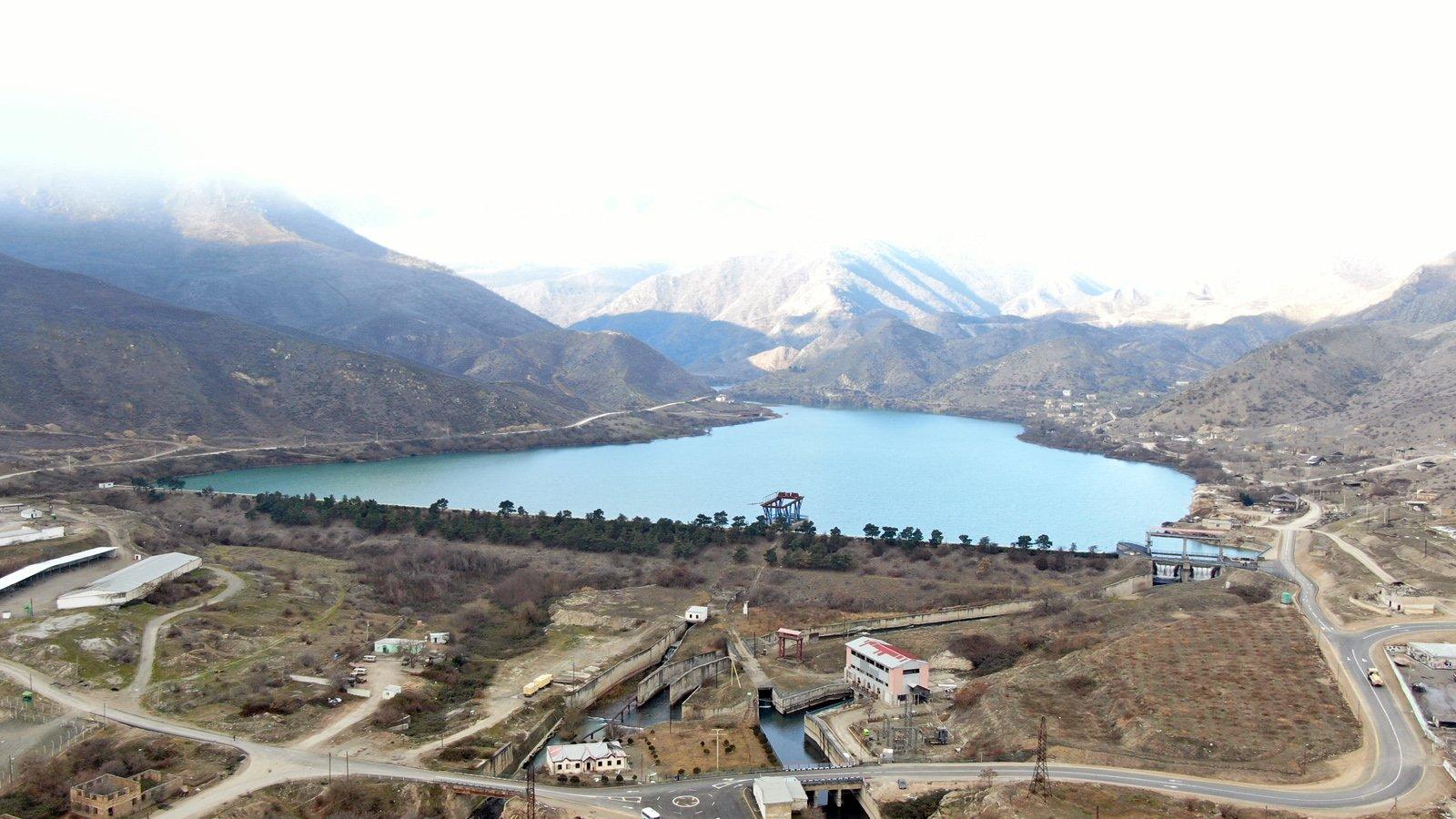
Mushvig Mehdiyev








